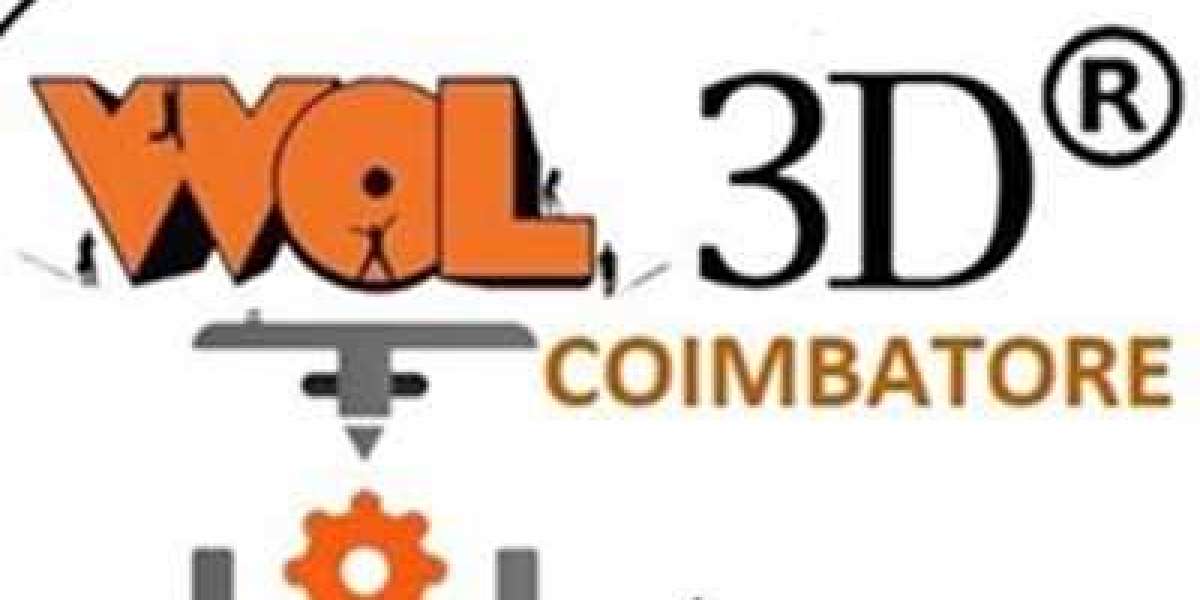Introduction: Unveiling the Essence of Coil Craft
Coil craft, the art of crafting coils for various applications, has been an integral part of human innovation since ancient times.
From simple wire-wound coils used in early electromagnets to sophisticated inductors and transformers powering our modern technological advancements, coil craft has traversed a remarkable journey through history.
In this article, we embark on a captivating exploration of coil craft, delving into its historical roots, evolution, and the exciting prospects it holds for the future.
Ancient Origins: The Birth of Coil Craft
The origins of coil craft can be traced back to ancient civilizations, where early artisans discovered the magnetic properties of certain metals like iron.
Ancient Egyptians and Greeks are known to have experimented with lodestones, naturally occurring magnets, and crafted rudimentary coils by winding wire around magnetic materials.
These early endeavors laid the foundation for the development of electromagnetism and paved the way for the modern coil craft industry.
The Rise of Electromagnetism: Coil Craft in the Industrial Revolution
The 19th century witnessed a revolution in science and technology with the discovery of electromagnetism by pioneers like Michael Faraday and Joseph Henry. Their experiments with electricity and magnetism led to the invention of the electromagnet, a device consisting of a coil wound around an iron core.
This breakthrough sparked the widespread adoption of coil craft in various applications, including telegraphy, telephony, and early electrical machinery.
The industrial revolution was fueled by the transformative power of electromagnetism, with coil craft playing a pivotal role in driving innovation across industries.
Advancements in Coil Craft: From Inductors to Transformers
As scientific understanding deepened and engineering capabilities expanded, coil craft evolved to encompass a diverse range of components and devices.
Inductors, coils designed to store energy in the form of a magnetic field, became essential elements in electronic circuits, enabling the efficient regulation of current and voltage.
The development of transformers, which utilize coils to transfer electrical energy between circuits at different voltage levels, revolutionized power distribution and transmission systems.
Modern Applications: Coil Craft in the Digital Age
In the digital age, coil craft continues to thrive as an indispensable technology powering a multitude of electronic devices and systems.
From smartphones and computers to automotive electronics and renewable energy systems, coils and inductive components are ubiquitous in modern technology.
Miniaturization and advancements in materials and manufacturing techniques have led to the creation of compact yet highly efficient coils, enabling the development of cutting-edge electronic devices with enhanced performance and reliability.
Future Prospects: Innovations and Challenges
Looking ahead, the future of coil craft is filled with promise and potential for further innovation. Emerging technologies such as wireless power transfer, inductive charging, and high-frequency electronics are driving demand for novel coil designs and materials optimized for specific applications.
Researchers and engineers are exploring new frontiers in coil craft, pushing the boundaries of performance, efficiency, and sustainability.
However, along with opportunities come challenges. As the demand for smaller, more efficient coils grows, manufacturers face the task of overcoming technical hurdles such as power losses, electromagnetic interference, and thermal management.
Additionally, ensuring the sustainability of coil craft processes through eco-friendly materials and manufacturing practices is becoming increasingly important in an era of heightened environmental awareness.
Conclusion: Embracing the Future of Coil Craft
In conclusion, coil craft stands as a testament to human ingenuity and innovation, spanning millennia of history and continuing to shape the technological landscape of the future. From its humble origins in ancient civilizations to its central role in powering the digital revolution, coil craft has remained a driving force of progress and discovery.
As we venture into the future, embracing the opportunities and addressing the challenges that lie ahead, coil craft will undoubtedly continue to inspire creativity, fuel innovation, and propel humanity towards new frontiers of knowledge and achievement.








